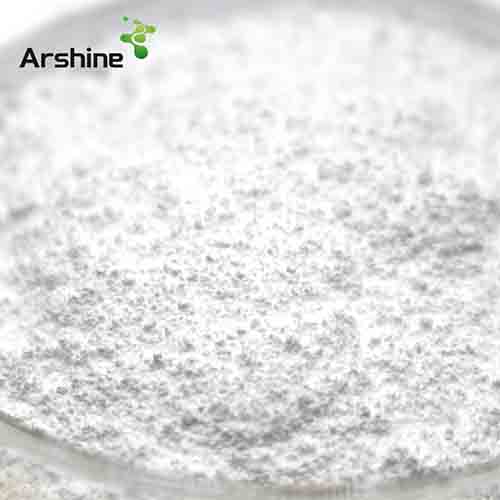
Vitamin D3 is fat-soluble. This means that excess amounts of it are stored in the body tissues. Long-term high doses may be deposited in the soft tissues, irreversibly damage the kidneys and cardiovascular system. Like other fat-soluble vitamins, vitamin D3 can be toxic. Symptoms of too much vitamin D3 include nausea, weakness, constipation, irregu
Introduction
Vitamin D3 (cholecalciferol) is mainly synthesized by the body itself, the body's skin contains a cholesterol, the sun exposure, it becomes a vitamin D3. So, if the child can fully accept the sun, then their own synthesis of vitamin D3, basically able to meet. In addition, vitamin D3 can also come from animal foods such as liver, especially fishfish made from seafood fish. Vitamin D3 in addition to a small number of animal foods, mainly in the skin 7-dehydrocholesterol formed by ultraviolet radiation, and 7-dehydrocholesterol is generated by the transformation of cholesterol, so it was called the sun vitamin.
Functions and Applications
Vitamin D3 is fat-soluble. This means that excess amounts of it are stored in the body tissues. Long-term high doses may be deposited in the soft tissues, irreversibly damage the kidneys and cardiovascular system. Like other fat-soluble vitamins, vitamin D3 can be toxic. Symptoms of too much vitamin D3 include nausea, weakness, constipation, irregular heartbeat, weight loss, seizures, and irritability.
Vitamin D3 is one of those vitamins for which a deficiency can cause severe effects. Children that do not get enough vitamin D3 in their diets are at increased risk of developing rickets, a disease that causes malformations of bones and teeth in children. Adults with low levels of vitamin D3 are more likely to develop osteomalacia (similar to rickets) and to suffer from osteoporosis, a bone-weakening disease.
Vitamin D3 also regulates the nervous system, aiding in the treatment of insomnia. A glass of warm milk before bed may indeed help you sleep soundly! Vitamin D3 deficiency has also been linked to the development of other illnesses, including type I diabetes, muscle and bone pain, and cancer.
Inquiry